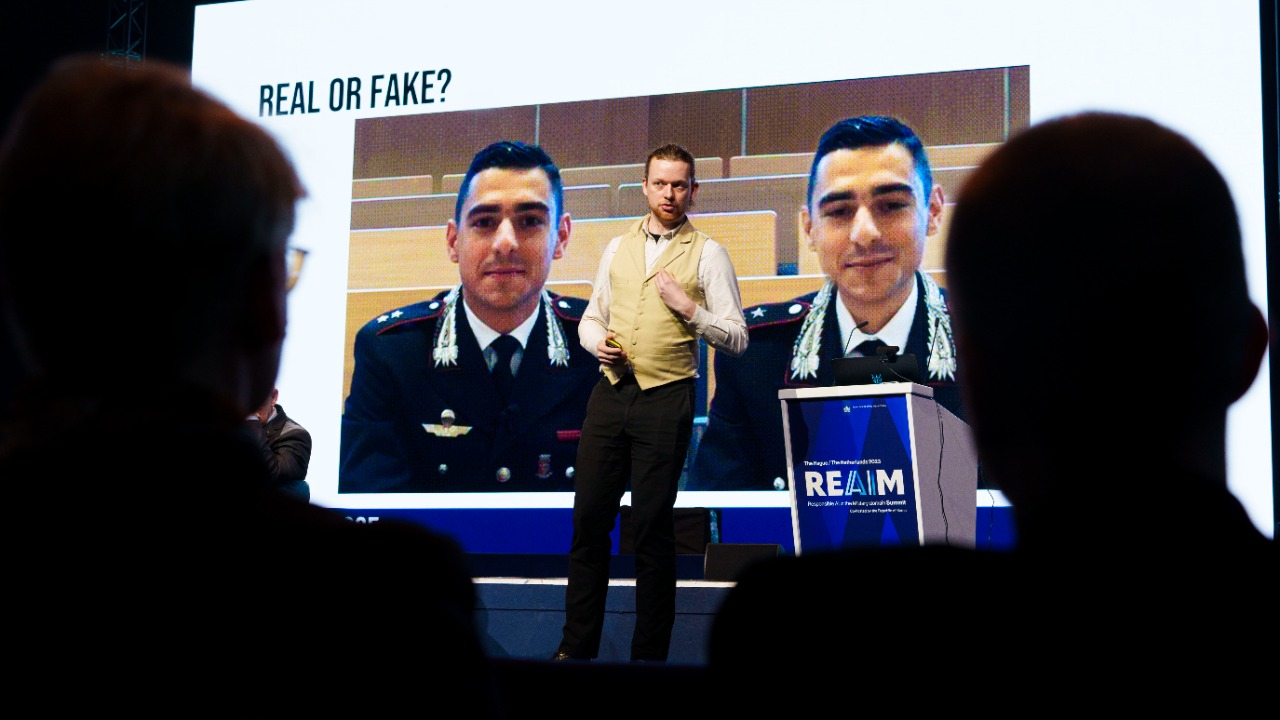
With the rise of deepfake technology, spotting fake videos and images has become a crucial skill. While deepfakes can be entertaining, they also pose significant risks, including misinformation and fraud. Learning to detect deepfakes is essential for staying informed and protecting oneself from potential scams.
1. Analyze Facial Movements
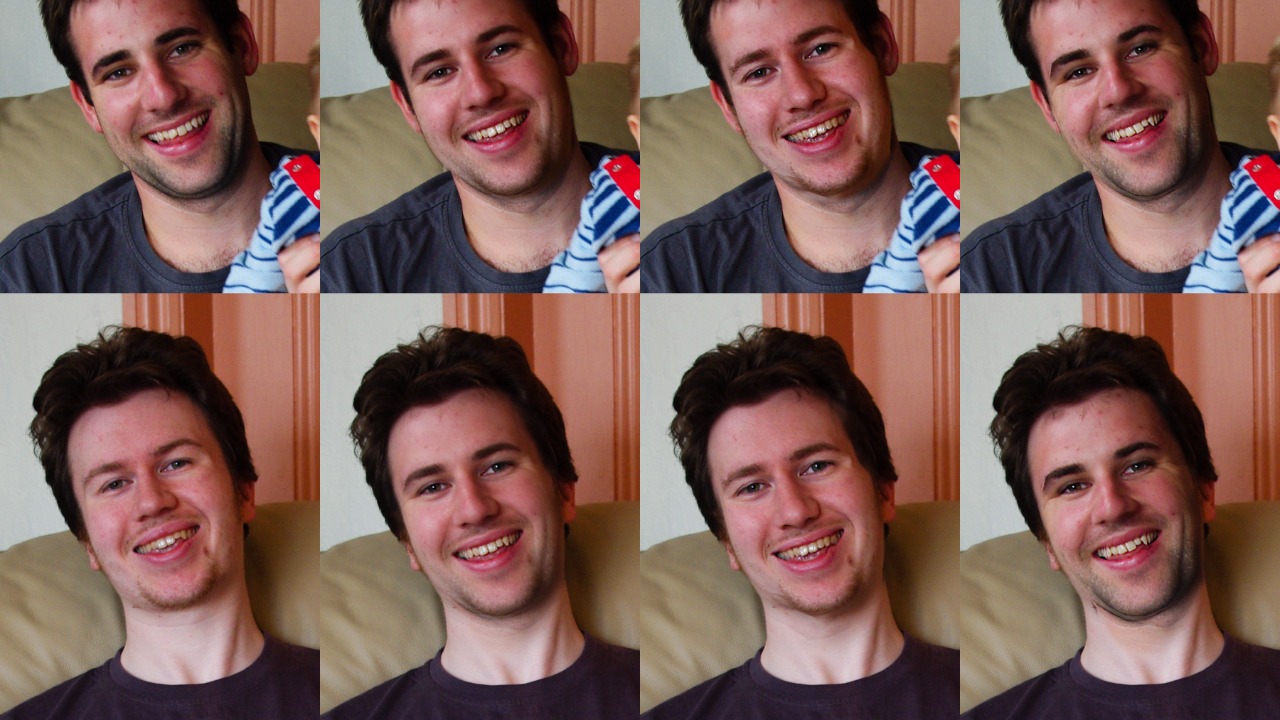
One of the most telling signs of a deepfake is unnatural facial movements. Real human expressions tend to be nuanced and varied, while deepfakes may showcase awkward or stiff motions. For instance, the eyebrows might not move in sync with other facial features, or the smile might appear forced. By closely observing these inconsistencies, you can often identify a fabricated video. Experts suggest paying particular attention to the area around the eyes and mouth, which are typically the most challenging for AI to replicate convincingly.
2. Check for Inconsistent Lighting
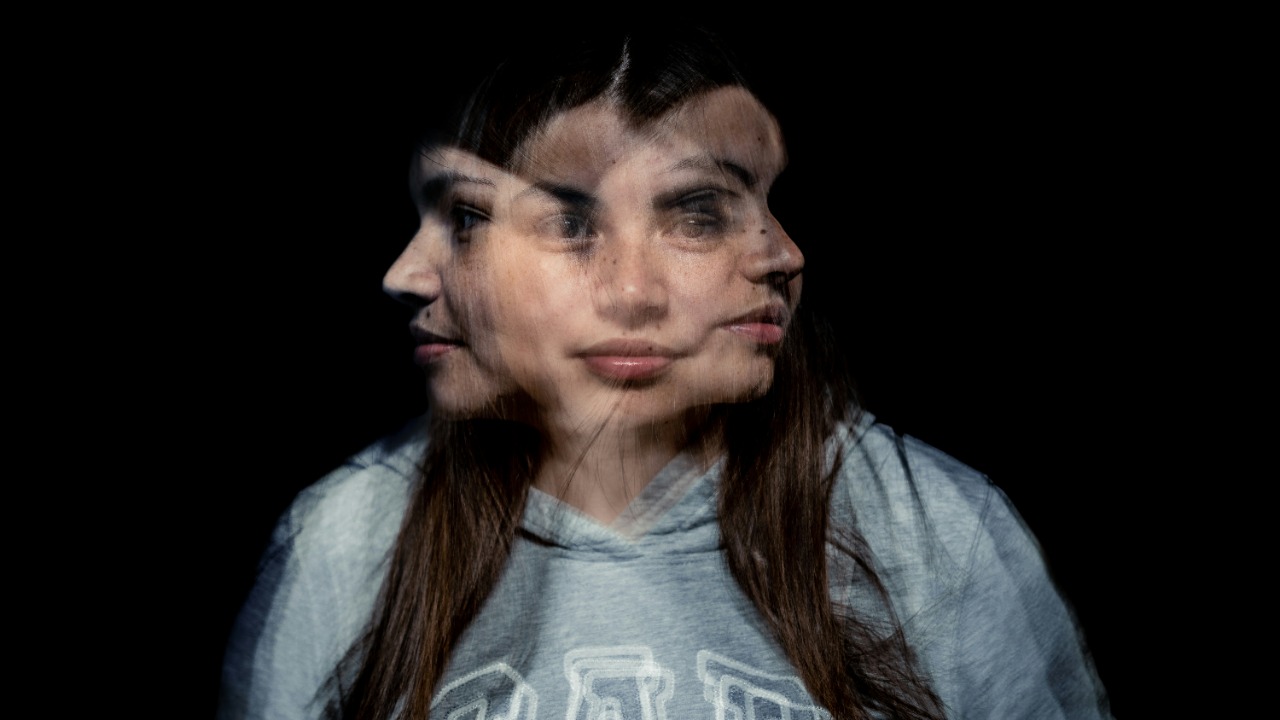
Lighting plays a crucial role in the authenticity of a video. In many deepfakes, the light source may not align consistently across the subject’s face and the background. For example, shadows might appear on one side of the face but not on the corresponding side of the neck. This could be a red flag indicating digital manipulation. By carefully inspecting the lighting in a video, particularly in comparison to nearby objects, you can often spot a deepfake.
3. Observe Eye Blinking Patterns

Eye blinking is another subtle cue that can reveal a deepfake. Humans typically blink at regular intervals, but many deepfake algorithms struggle to replicate this natural behavior accurately. A video where the subject rarely blinks, or blinks in an unusual pattern, might be artificially generated. According to research, irregular blinking patterns are a common flaw in many deepfake videos, making them a useful indicator when analyzing footage.
4. Evaluate Lip Syncing

The synchronization of lip movements with spoken words is another area where deepfakes often falter. In a well-crafted video, the lips should match the audio precisely. However, in deepfakes, you might notice a delay between the audio and the lip movements, or the mouth might not form the correct shapes for certain sounds. Platforms like BombBomb offer tips on identifying such mismatches, which can be a clear sign of a fake video.
5. Inspect Background Details
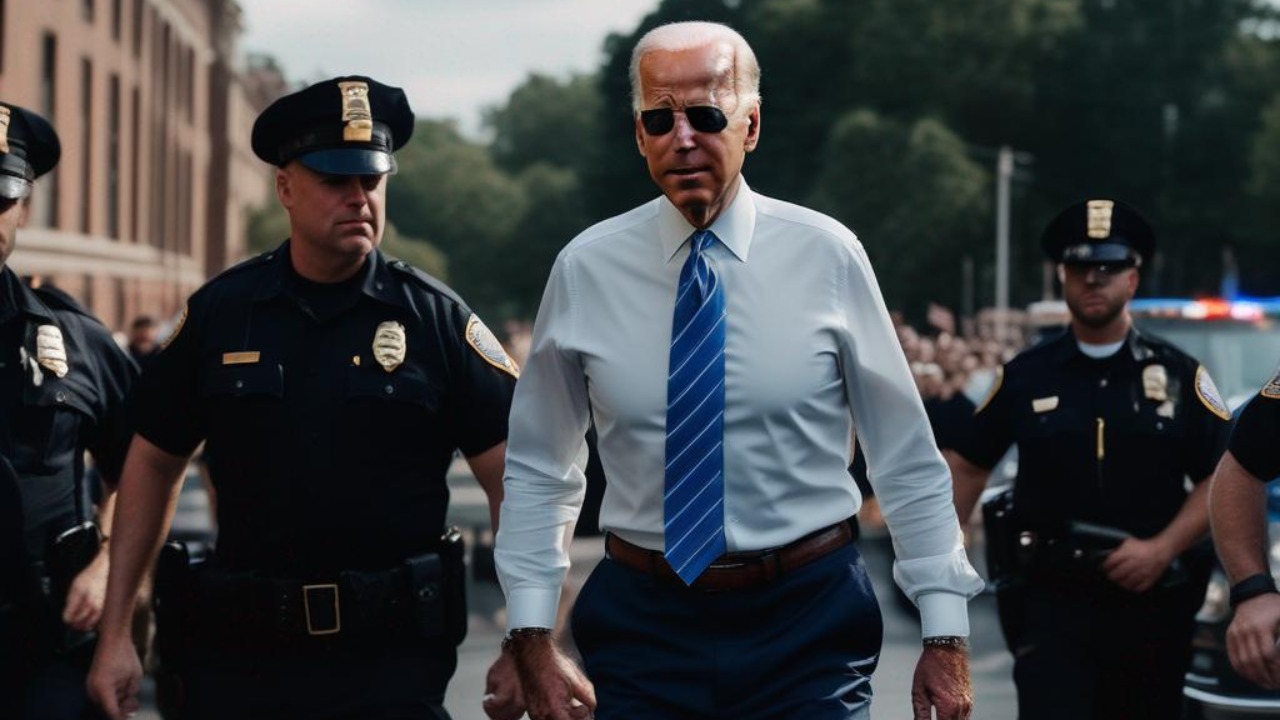
Background inconsistencies can also be a giveaway. Deepfake creators often focus more on the subject than the surroundings, leading to anomalies in the background. Look for changes in the scenery, such as mismatched objects or fluctuating shadows, that don’t align with the subject’s actions. Videos where the subject appears in front of a green screen often have telltale signs like blurred edges or inconsistent lighting, which can indicate manipulation.
6. Use Reverse Image Search
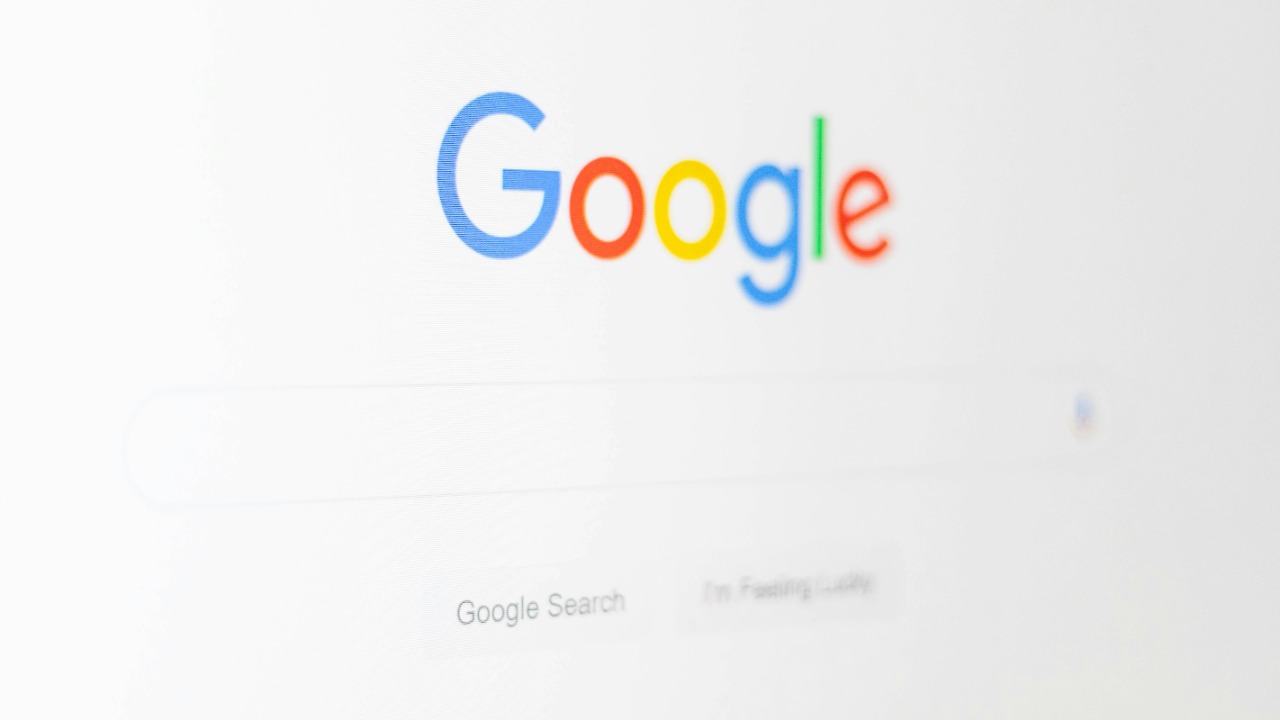
Reverse image search tools like Google Images can help verify the authenticity of a video still or image. By uploading a frame from the video, you can see if it appears in any known contexts or is associated with verified news outlets. This method is especially useful for identifying recycled or misrepresented media. InformationWeek discusses the importance of using technology to cross-reference media sources to uncover deepfakes.
7. Pay Attention to Digital Artifacts
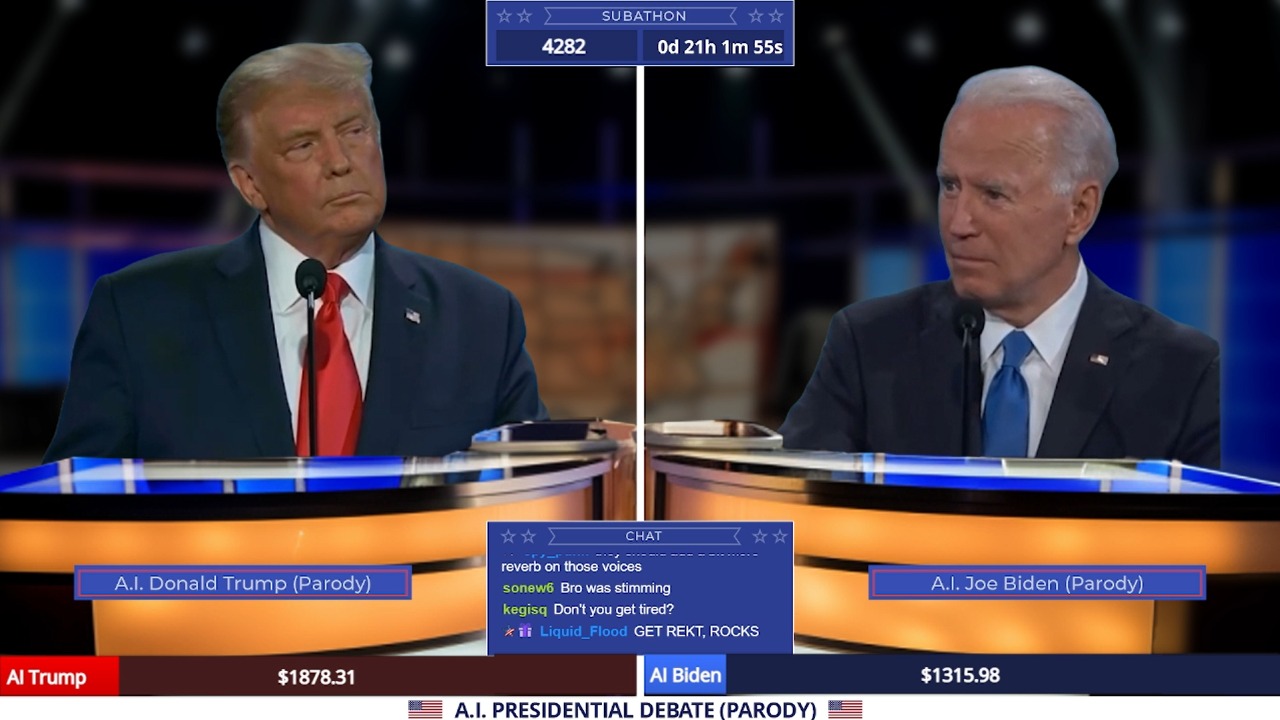
Digital artifacts, such as blurring or pixelation, can indicate a deepfake. These artifacts often appear around the edges of a subject’s face or in areas with complex patterns, like hair or textured fabrics. Such irregularities may suggest that the video has been tampered with. By scrutinizing these details, especially in high-definition footage, you can often spot discrepancies that reveal the video’s true nature.
8. Utilize Specialized Software

There are numerous software tools designed to detect deepfakes, such as Deepware Scanner and Sensity. These applications analyze videos for signs of manipulation, using advanced algorithms to identify inconsistencies that the human eye might miss. Many of these tools are accessible to the public, making them a practical option for anyone concerned about the authenticity of a video. The Financial Times highlights the increasing role of such technology in maintaining digital truthfulness.
9. Verify with Source Material
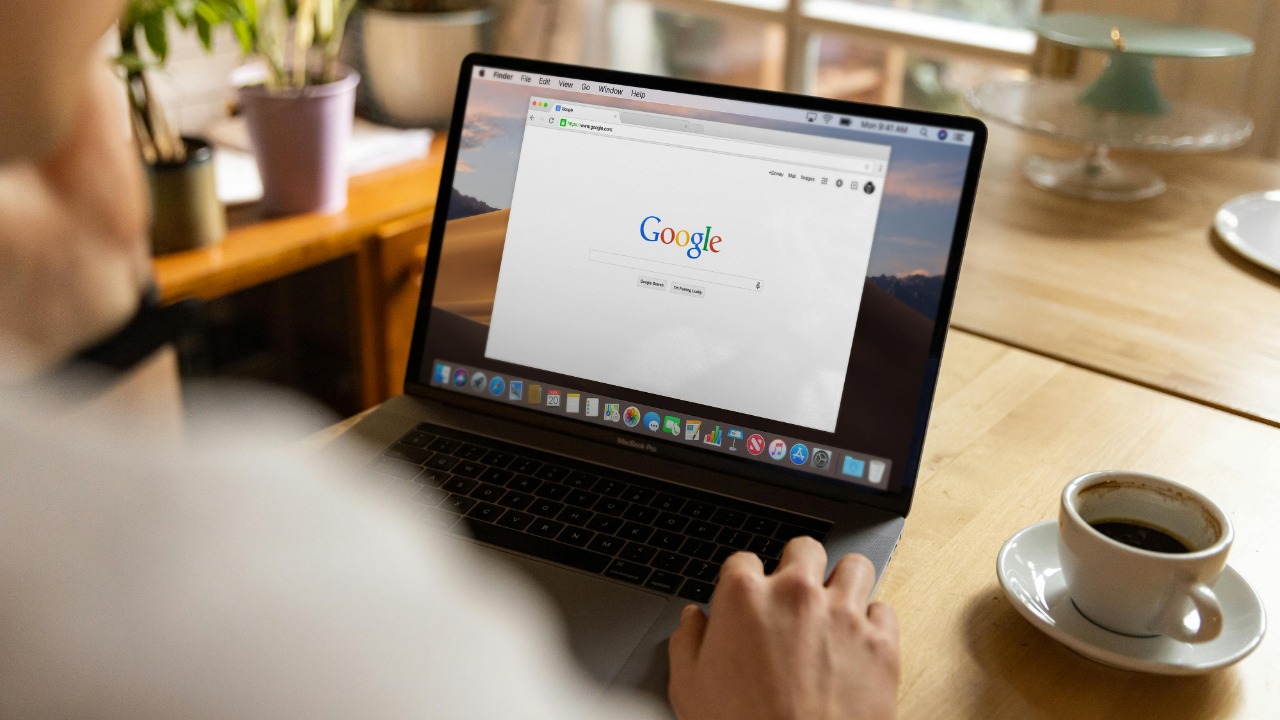
Finally, verifying with original source material can often confirm whether a video is authentic. Cross-referencing with reputable news websites, official social media accounts, or direct statements from involved parties can provide clarity. If you find inconsistencies between the video in question and the original source, it’s likely the video has been altered. MoneyTalksNews provides guidance on how to accurately compare videos to credible sources, which can be invaluable in identifying deepfakes.